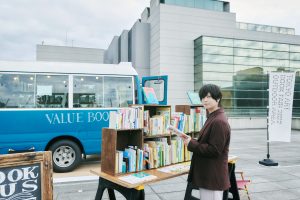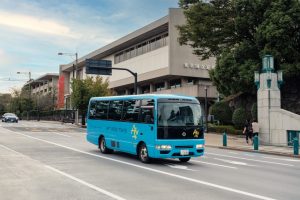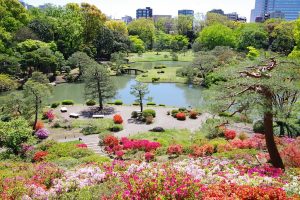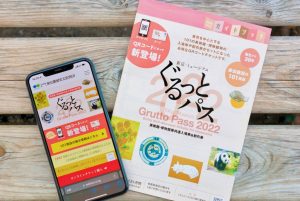Coinciding with the publication of her music-drawing-poem collection Zetsumetsu kigushu no oto (The sounds of endangered animals, Ongaku No Tomo Sha, 2018), Celéri Haruhata played pieces from the music suite about endangered animals at an elementary school. She took advantage of the opportunity and held a workshop with a science teacher. Sensing a good response from the students, she conceived the idea of a comprehensive workshop to be conducted with science and art teachers. Ikimono Sketchbook Project, which realizes this concept, aims to produce a music collection with children that brings out the best in their creativity through a series of workshops on ikimono.
Ikimono Sketchbook: Music + Art + Science Workshop for Children
Event Reports
No.040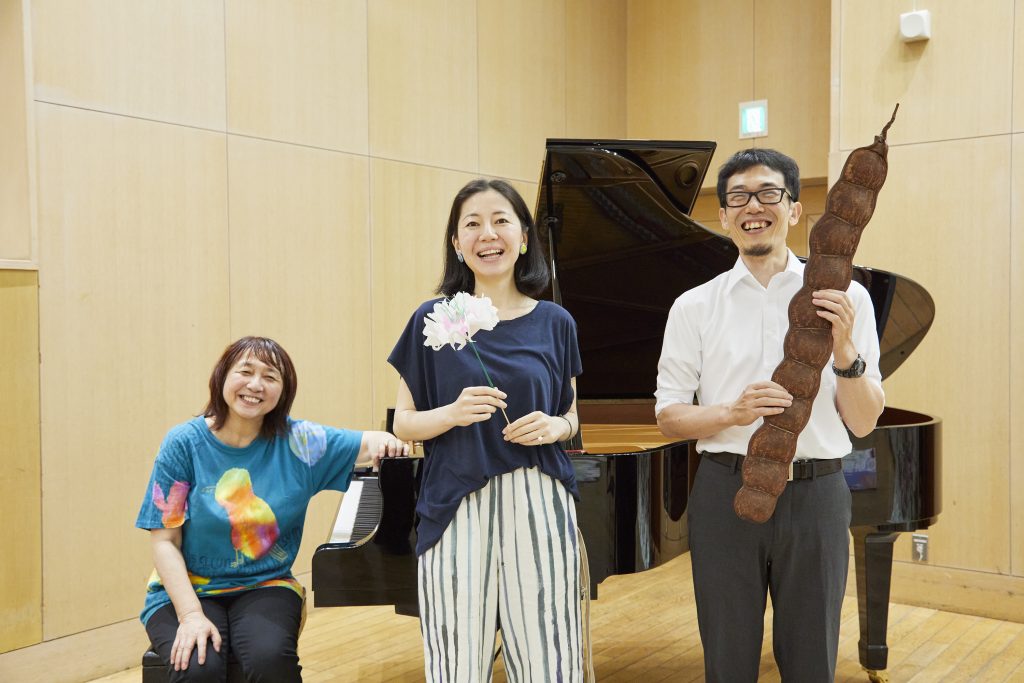
Ikimono Sketchbook Project is a series of children’s workshops combining music, art, and science, conducted between 2021 and 2023 (organizer: Ongaku No Tomo Sha). The project aims to produce a piano suite on the theme of ikimono (living things) by incorporating ideas children create through workshops. The series brought together professionals in their respective fields, including composer Celéri Haruhata. The article introduces the workshop where children depicted ikimono through different sounds and colors.
Project’s Background
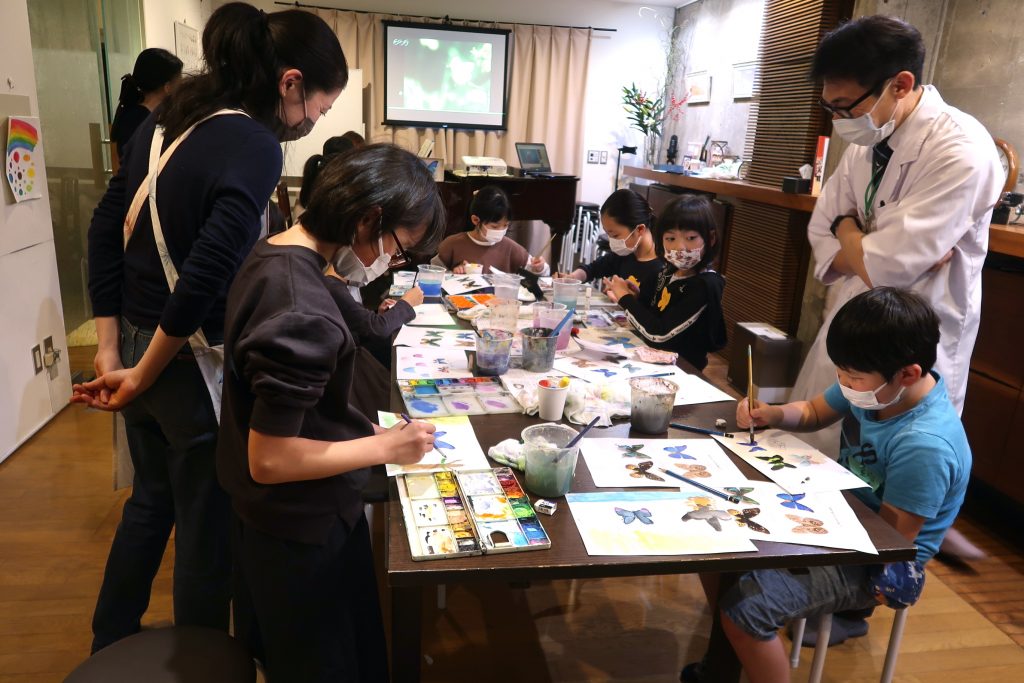
Photo courtesy of: Ongaku No Tomo Sha
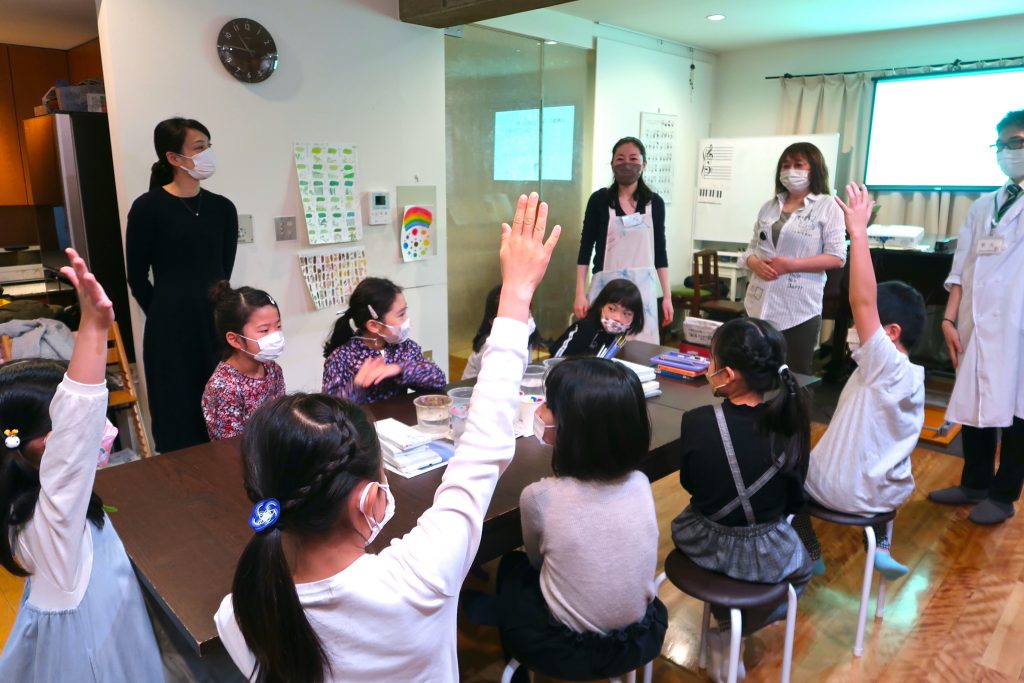
Photo courtesy of: Ongaku No Tomo Sha
Workshop Integrating Music, Science, and Art
This workshop series is unique because it invites Haruhata and other professionals in science and art to be the instructors. The children have learned how to express themselves while gaining technical knowledge in various fields. Haruhata was joined by two other instructors, Tsukasa Ebina, a researcher and curator at the Research Institute of Evolutionary Biology, and Ayako Akita, who runs a craft class. The mixed-genre workshops have been held in Tokyo six times since November 2021.
The past six workshops focused on different ikimono as the theme. The first workshop looked at “leaves with a smell.” After learning about fragrant leaves, participants smelled the actual leaves and translated the impressions into drawings and sounds. The second session was on “butterflies.” After looking at butterfly specimens collected from around the world, children drew their own butterflies and then expressed them with sounds. The third session was on “jellyfish.” After learning about its ecology, the children learned the technique of expressing transparency, drew pictures, and explored the sound reminiscent of a jellyfish. The fourth, fifth, and sixth sessions focused on “monkeys,” “pelicans,” and “frogs,” respectively, and the participants freely depicted the creatures.
Final Project—Relaying Lives
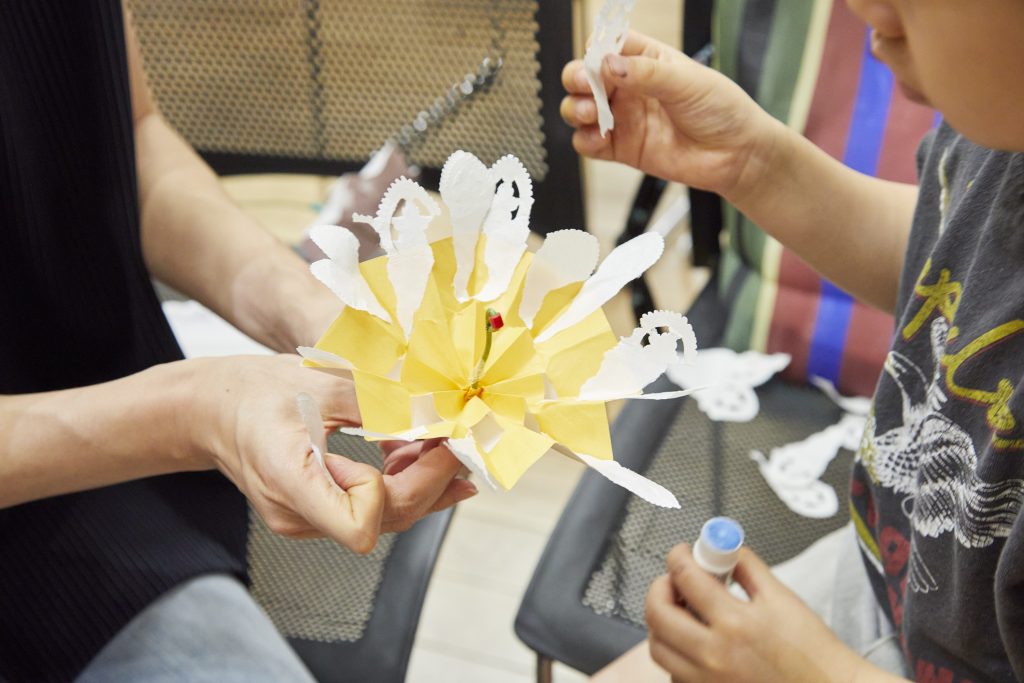
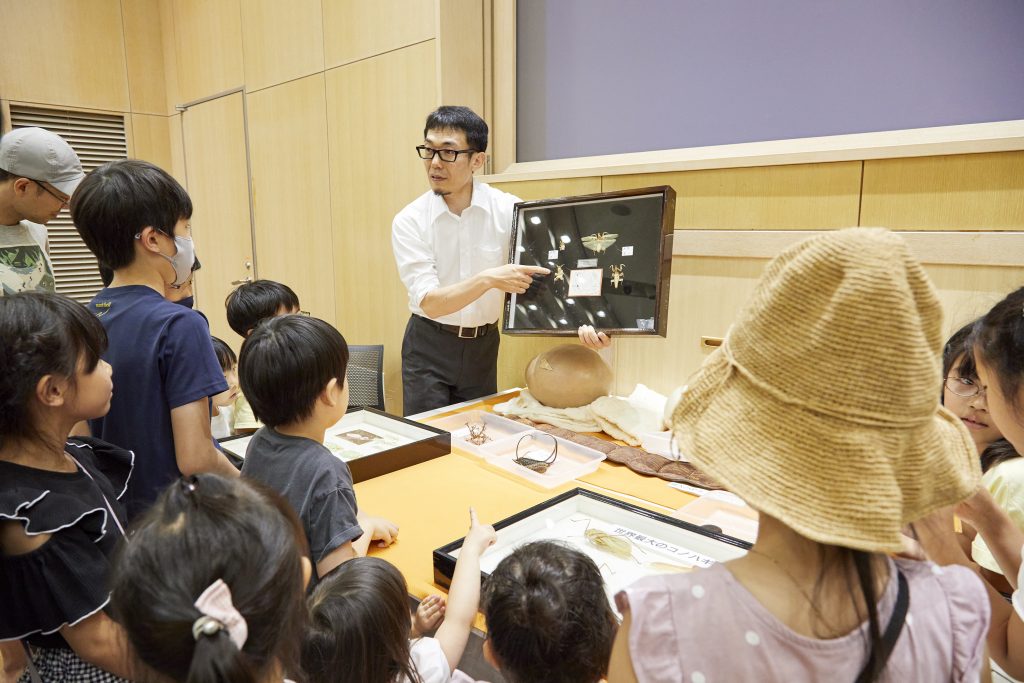
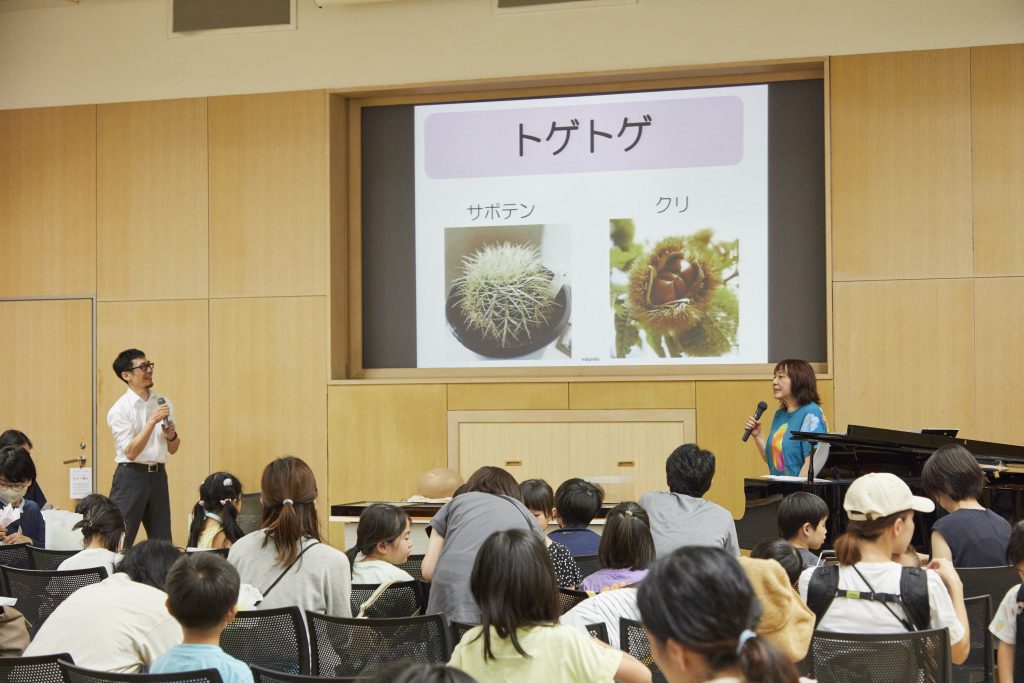
As a culmination of the project to learn about ikimono and translate the knowledge into artistic and musical expressions, the final workshop themed “Relaying Lives” was held at the Nakameguro GT Plaza Hall on June 25, 2023. The event attracted about 100 people, including children and their parents, who gathered to experience three mini-works: “Nocturnal Flowers,” “Mimicry,” and “Spines.”
In the “Mimicry” mini-work, for example, participants looked at insect specimens while listening to a talk by Mr. Ebina. After that, they colored the line drawings with hidden mimicry insects invented and created by Ms. Akita. Finally, the participants moved their arms as if they were mimicry insects to the accompaniment of Ms. Haruhata’s piano, exploring the theme by fully using their five senses. The workshops were conducted in cooperation with everyone, including the parents, and was a great success from start to finish. The children were able to learn about “relaying lives” from multiple perspectives through the different themes of the mini-works.
At the end of the workshop, Ms. Haruhata stated the following as a message to the children: “We all have one life. It’s only one, but everyone has it. I want you all to talk and think about how we can cherish it.”
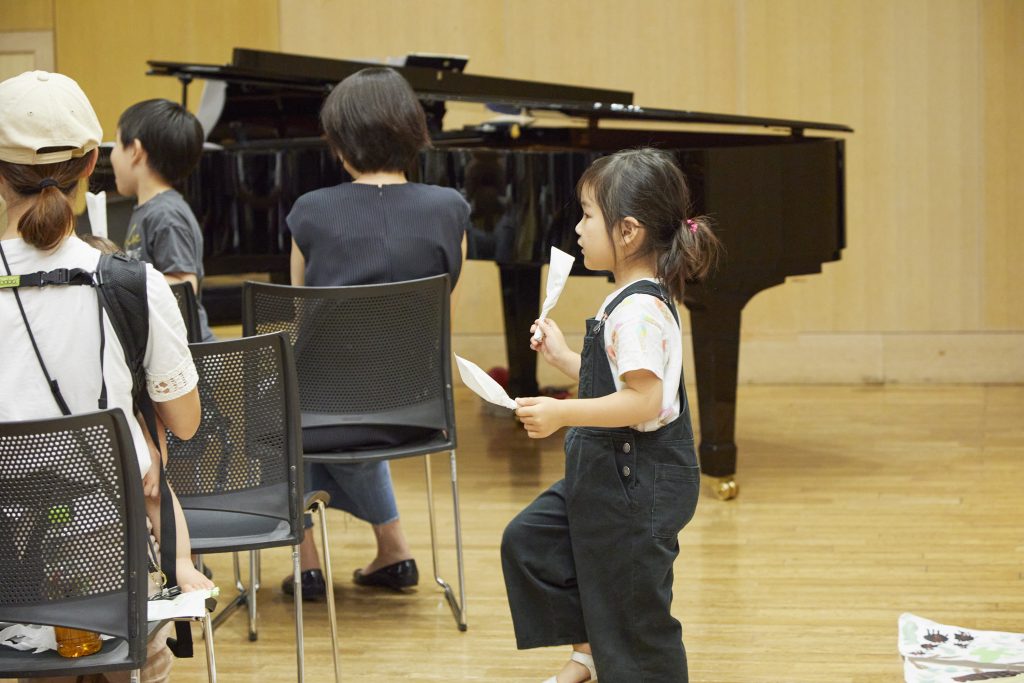
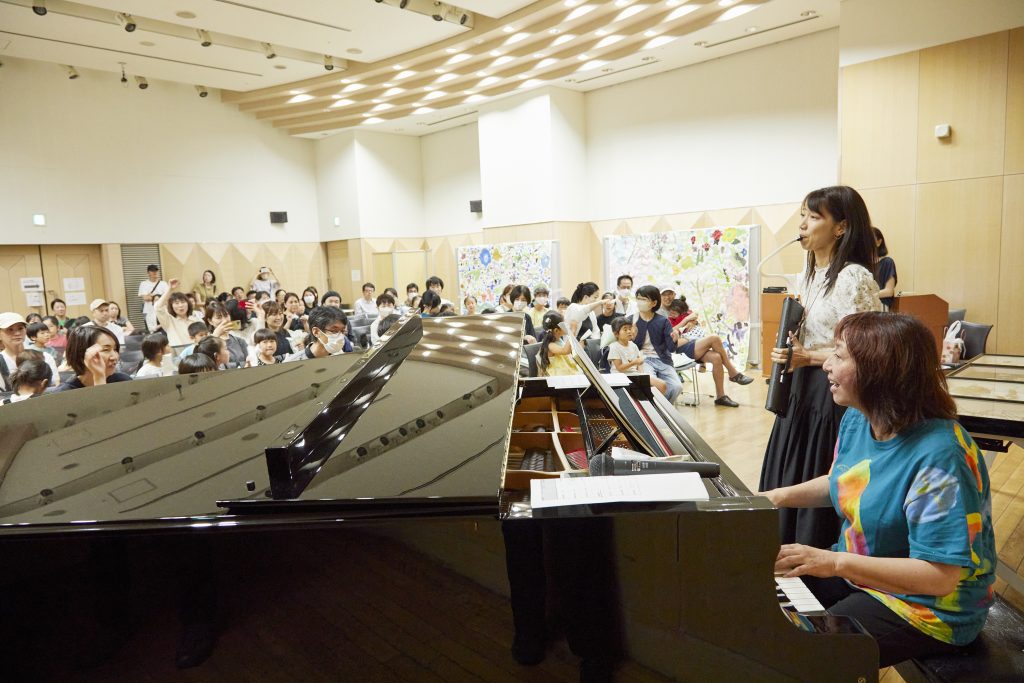
After the Workshop—Comments from the Instructors
Celéri Haruhata (music)
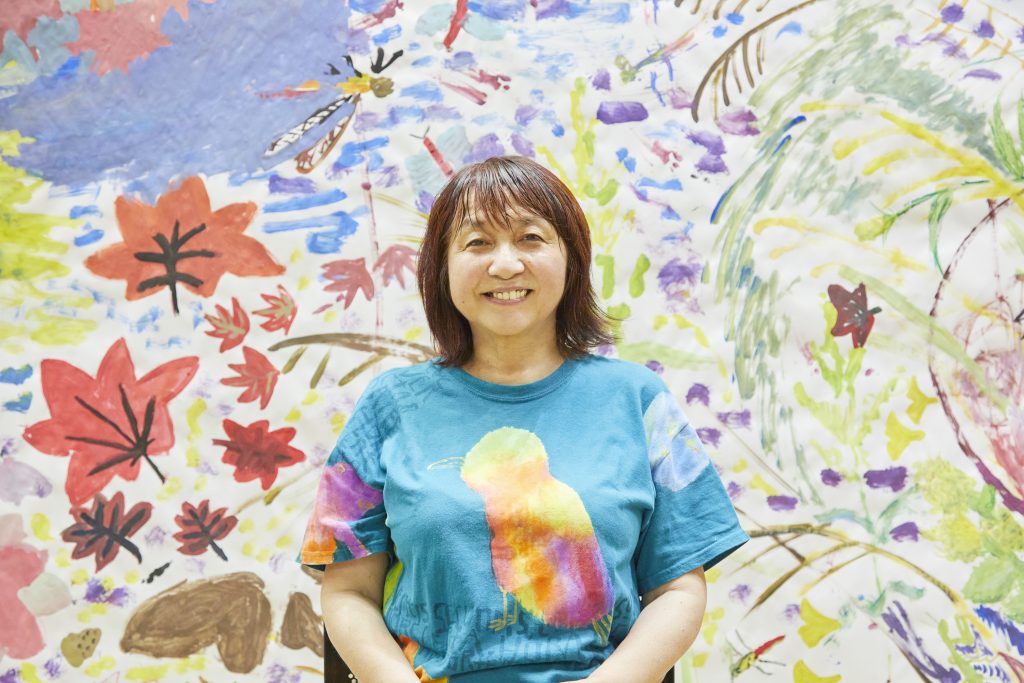
For the past six workshops, we have limited the number of participants to 10 elementary school students in order to prevent the spread of the new coronavirus. Today was the last workshop, and we invited a larger number of participants than usual, including small children and their parents. Everyone looked excited and happy. I was surprised by the children’s level of knowledge when I heard them answer science questions with so much enthusiasm. I hope they will have many experiences like this comprehensive workshop, where they can ask others for opinions about various things and come up with ideas for how to handle them.
Ayako Akita (art)
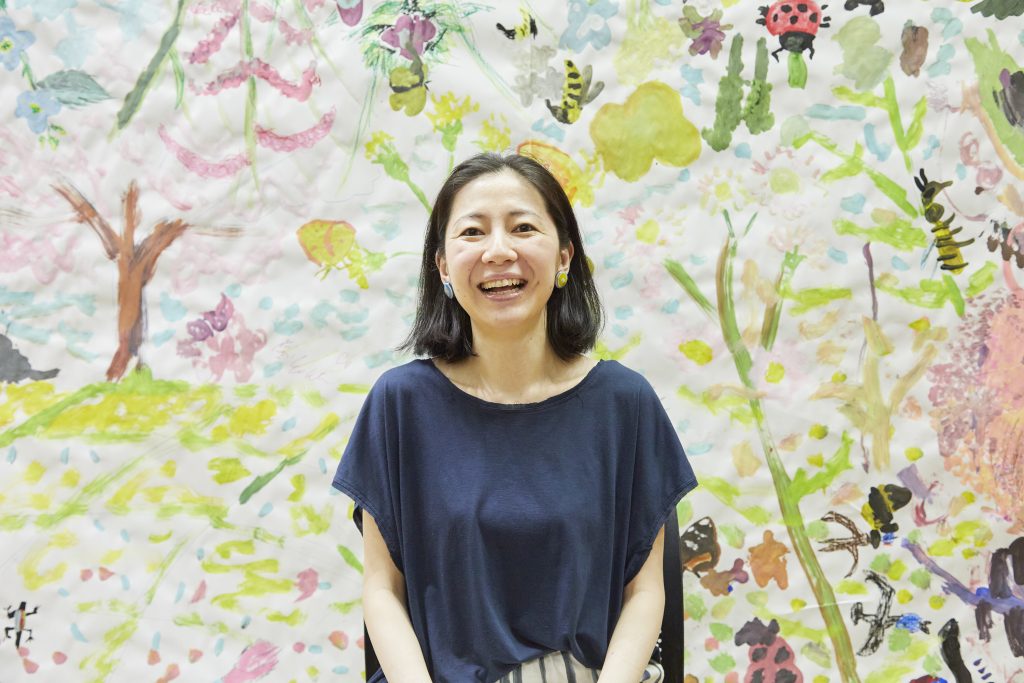
The three instructors have been doing workshops for children in our respective fields, so we did not have many meetings. We often moved forward based on our trust in each other’s abilities. Children have unfettered ideas. It is better to let them act freely, instead of forcing them into a specific mold. Even if they deviate from a rule, things will come together at the end, so I try to let each child be and do as they like. In the workshop for creating the background paintings, we asked the children to draw plants that bloom in each season, but we also let them draw whatever they wanted. Even so, we ended up with paintings that depict the four seasons. I was amazed.
Tsukasa Ebina (science)
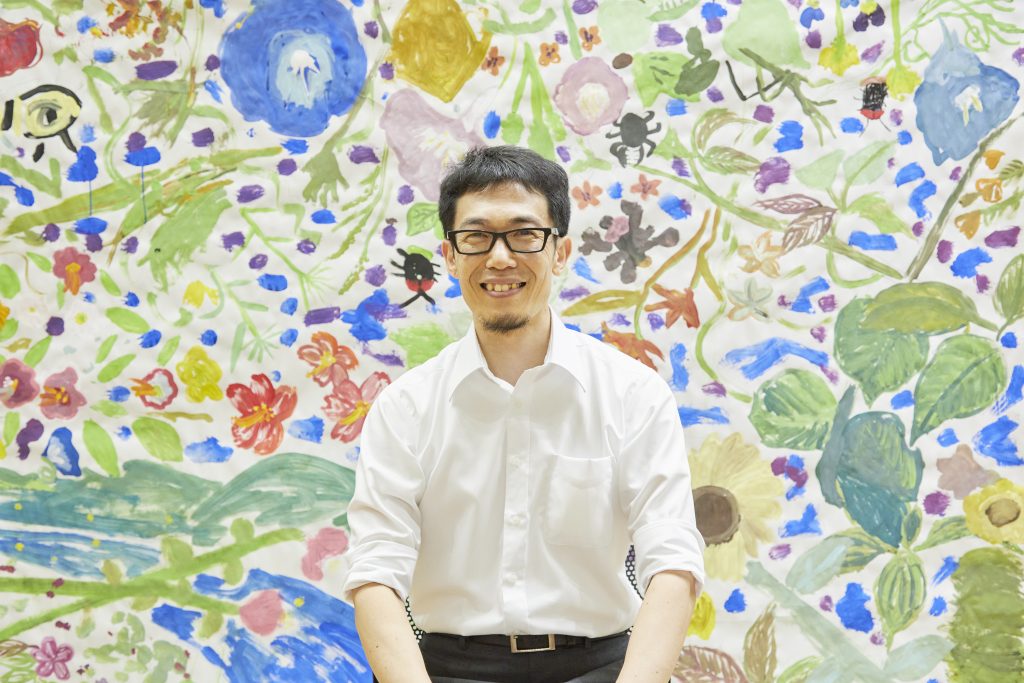
Working with the two specialists in art and music was a great learning experience for me in terms of thinking and approaches. Some things were difficult, like finding a point of compromise between scientific and artistic thinking, but I also enjoyed the difficulties. Today, cross-disciplinary education is in demand. They say that the brain is activated by simultaneously learning and making music or crafting something from the knowledge. I can’t wait to see people like Galileo Galilei or Leonardo da Vinci emerge as we offer more opportunities for cross-disciplinary learning.
To Be Published as Music Collection
Based on the ideas obtained through the Ikimono Sketchbook Project, a collection of musical compositions on the theme of ikimono is scheduled to be published by the end of the year. Haruhata says, “I would like to write music using the phrases I played today and what I have learned in the workshops so far. With the support of a scientist, I have also been to Nikko and Mt. Takao for research, and I would like to incorporate the ideas inspired by animal sounds I heard there.” We are excited for Ms. Haruhata’s upcoming events!
Text: Kyo Yoshida
Photo: Aya Hatanaka
Translation: Erica Sawaguchi
Ikimono Sketchbook Project
Organizer: Publishing Department, Ongaku No Tomo Sha
Instructors: Celéri Haruhata (music), Ayako Akita (art), Tsukasa Ebina (science)
https://ontomo-mag.com/tag/ikimono-sketchbook/ (in Japanese)


